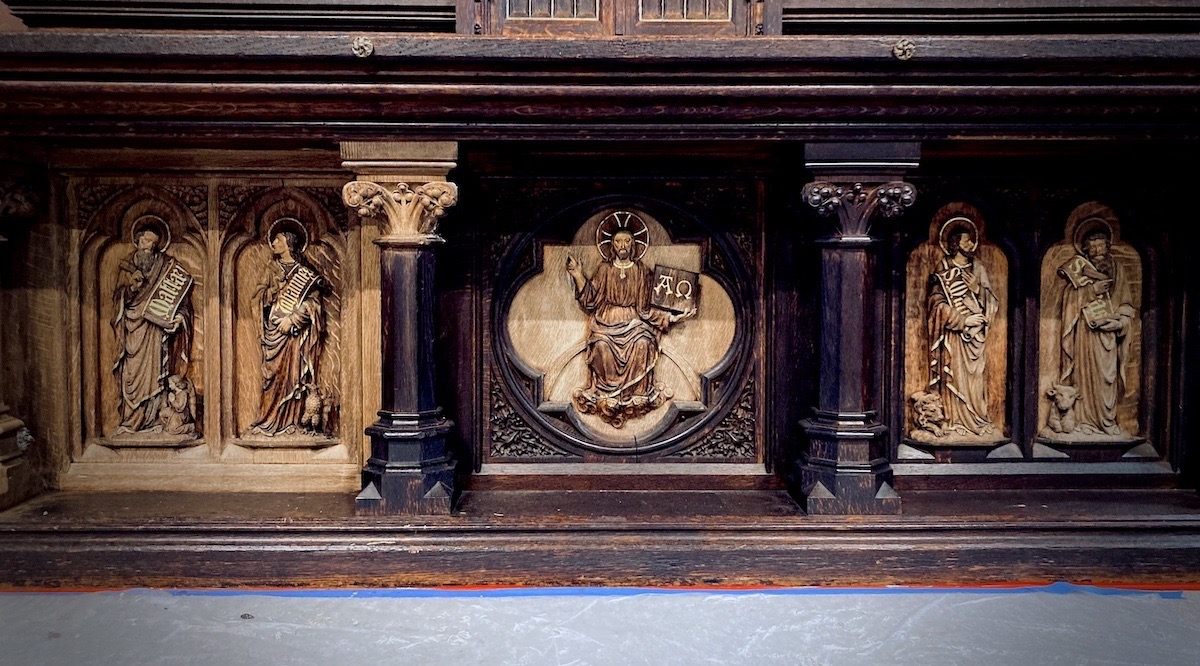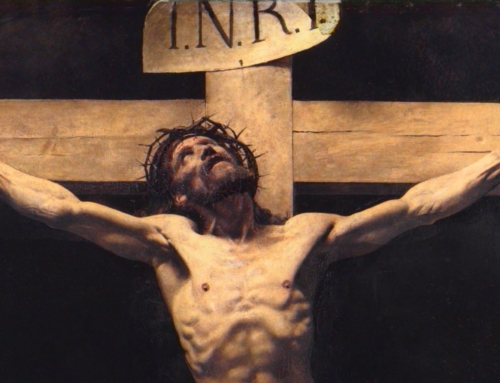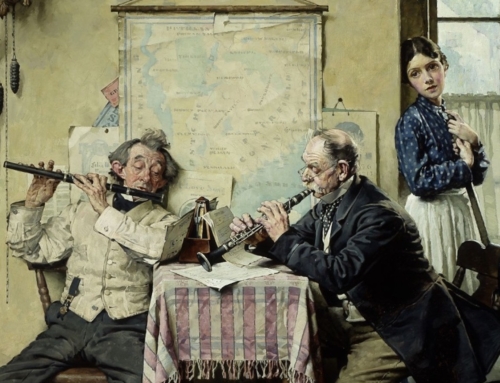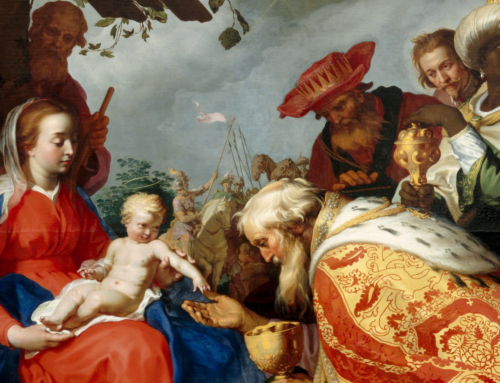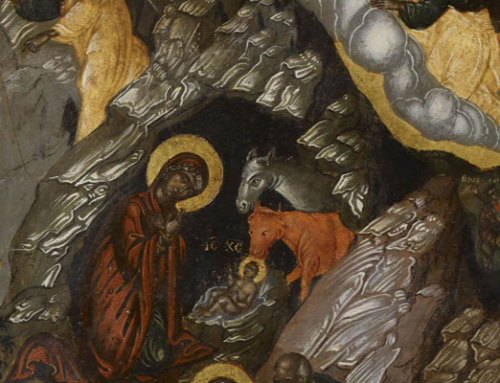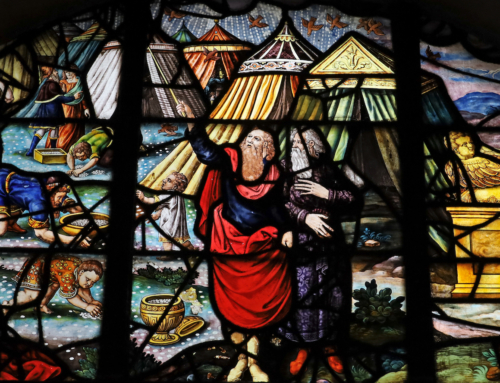Our chapel has become a workshop. The scaffolds and smells of restoration work fill the nave and sanctuary. The high altar, veiled beneath a plastic sheet, is a patchwork of half-stripped varnish. Yet in the middle of all this, I imagine our Lord feels quite at home—Christ, after all, was a carpenter (Mark 6:3).
Christ’s chosen profession was no accident. A carpenter re-creates. He takes the creation of time and light, what has grown of its own accord, strips it of its glory, and makes it new. Christ could have worked the sturdiness of stone or the grandeur of gold—more befitting of his dignity. But stone and gold are lifeless. Christ worked with that which is living but must lose its life to be glorified.
Take our high altar, seemingly lifeless. But before being worked by master carpenters in Ghent, before being felled in the fields of Flanders it stood tall as an English oak. Stripping the varnish reveals the grain of an oak, which folklore calls the king of trees. But for all its glory, witnessing the rise and fall of kingdoms, it fell to earth—under the weight of centuries.
Yet see new life through the hands of a carpenter.
What once was bathed in gold by the sun’s dying light is now gilded by the craftsman, reflecting the sanctuary lamp day and night. What once played host to birds and their nests now bids the Lord to take his rest. Some might call it lifeless, but this is a new creation, fashioned from the old yet transfigured to the new.
We see the mystery of our salvation worked out in the hands of Christ the Carpenter. We see in his craft the pattern of what it means to follow Christ.
To follow Christ is to lay down your life—
to lay down everything. Your roots and foliage. Flowers and fruit. Some might call the tree lifeless, a loss. But what greater glory could wood find? The wood of the altar, the wood of the tabernacle. A martyr’s death too is a death to the world, but do they not find life at a higher pitch? To be baptized in Christ is a death into life, precious in the eyes of the Lord (Psalm 116). If buried with him, we rise with him. Falling to earth, dying with Christ, by his very hands we shall also live with him (see Rom 6:1–11).
To follow Christ is to be reworked—
again and again and again. Sanded, planed, and stained. Shed of callused bark to reveal the inner heartwood. Christ works not against but with the grain. He takes the imperfections and knots and draws them to light. The dry summer, and the bitter winter, are not concealed. Not stripped away, but healed. More than healed, the wounds written and worked in the depths are used to reveal the plying hands of our holy carpenter. The tabernacle, the wood of the altar, wooden angels, were gilded in gold. Each is a life lost, reworked, and renewed. The maker imparts his mark, the craft is imbued with the artist’s image. As the carpenter forms his craft after his image, so Christ the Carpenter works us into the Body of Christ.
To follow Christ is to live with Christ—
who emptied himself and took the form of a slave, obedient to death (Phil 2:6–11). Who has risen on high yet stoops to look down (Psalm 113). To dwell with him is to empty ourselves, to be filled. Not with a greater measure of the old life, but a life far greater than nature can claim for herself. Solomon founded his temple on stone, but he shaped the holy of holies from the finest wood (1 Kgs 5:6). These trees looked on from the heights of Lebanon. Yet now stripped of their power and grandeur, their roots and branches and leaves, they have been felled so God could dwell within a house of cedar (cf. 1 Kgs 5-6).
There is glory in this death. If we should follow Christ, we are asked to endure nothing less. Worked in the hands of our Carpenter, Christ shall dwell in us, and we in him.
✠
Image: Frontal of High Altar – Dominican House of Studies, Br. Augustine Buckner, O.P. (used with permission)

